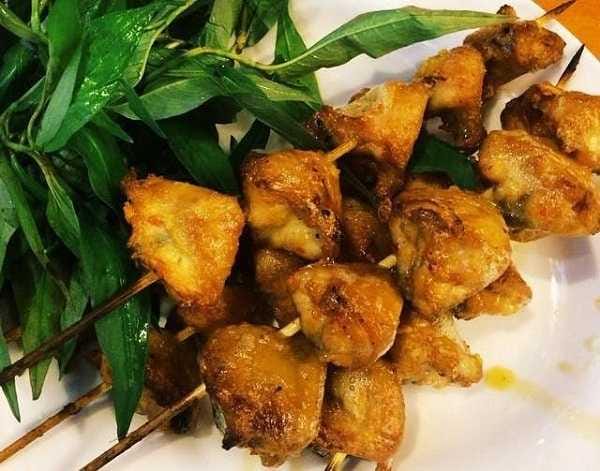The tail gland, or “phao câu”, is the last part of a chicken, duck, or goose’s body, and it is a reservoir of fat and cholesterol. While some people enjoy this part due to its rich, fatty taste, it is important to note that the high cholesterol content can be harmful to your health.

Illustration
According to Health, the lymphatic tissue near the bird’s vent is a breeding ground for disease-causing bacteria and viruses, and it may also contain cancer-causing substances.
Of particular concern is the presence of a sinus cavity inside the vent. This cavity contains thousands of lymphoblasts and giant phagocytic cells, which have a strong ability to engulf and consume harmful substances. These cells can absorb toxic and disease-causing substances, including cancer-causing bacteria, into the bird’s body. As a result, the tail gland is likely to contain harmful bacteria that cannot be completely removed through cleaning and sanitation processes.
For this reason, scientists warn that consuming this part of the bird is akin to voluntarily introducing viruses and toxins into our bodies. These harmful substances can accumulate and lead to chronic illnesses and even cancer.

Illustration
In addition, experts advise against consuming the tail gland for the following reasons:
High Fat Content: The tail gland is the part of the bird’s body that accumulates the most fat and cholesterol, which is why some people are drawn to it. However, experts caution that high cholesterol levels can be detrimental to health, especially for individuals with cardiovascular issues or dyslipidemia.
No Beauty Benefits: Contrary to popular belief, consuming the tail gland does not make your hair darker, smoother, or your skin more beautiful. While it is true that birds use the oily substance produced by the gland to preen their feathers, making them shiny and water-resistant, these benefits are specific to the birds themselves and do not transfer to humans upon consumption.
Although the tail gland does contain some vitamin E, the amount is negligible. Considering the potential health risks, experts recommend removing this part of the bird before cooking. While occasional and moderate consumption may not cause immediate issues, regularly eating the tail gland can have detrimental effects on your health.
8 Common Mistakes People Make with Cutting Boards
Are you using your cutting board correctly? Many Vietnamese households rely on cutting boards in their kitchen, but not everyone knows how to use them properly, especially when it comes to wooden cutting boards. Check out these 8 mistakes to avoid when using a cutting board to ensure both hygiene and safety for everyone in your family.






































